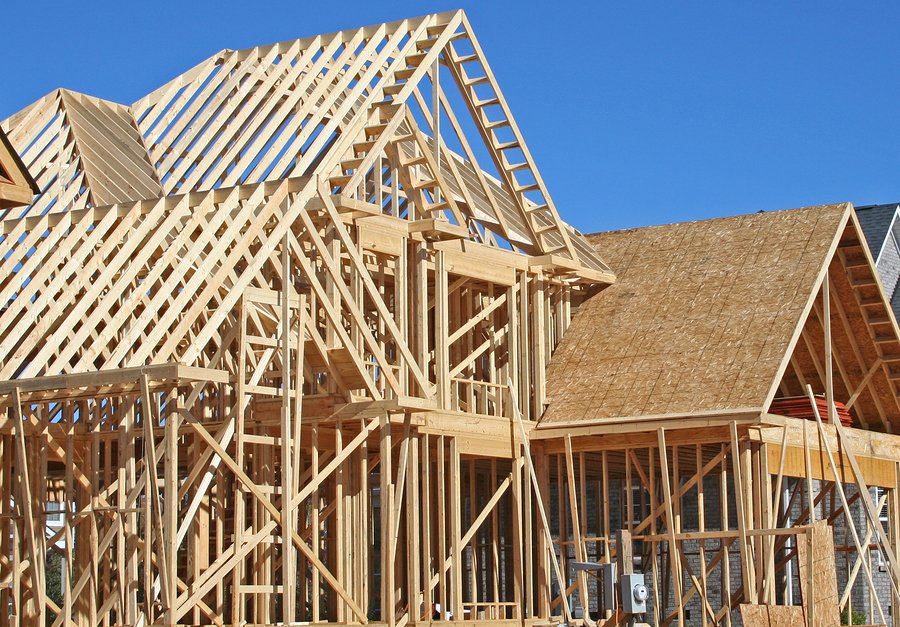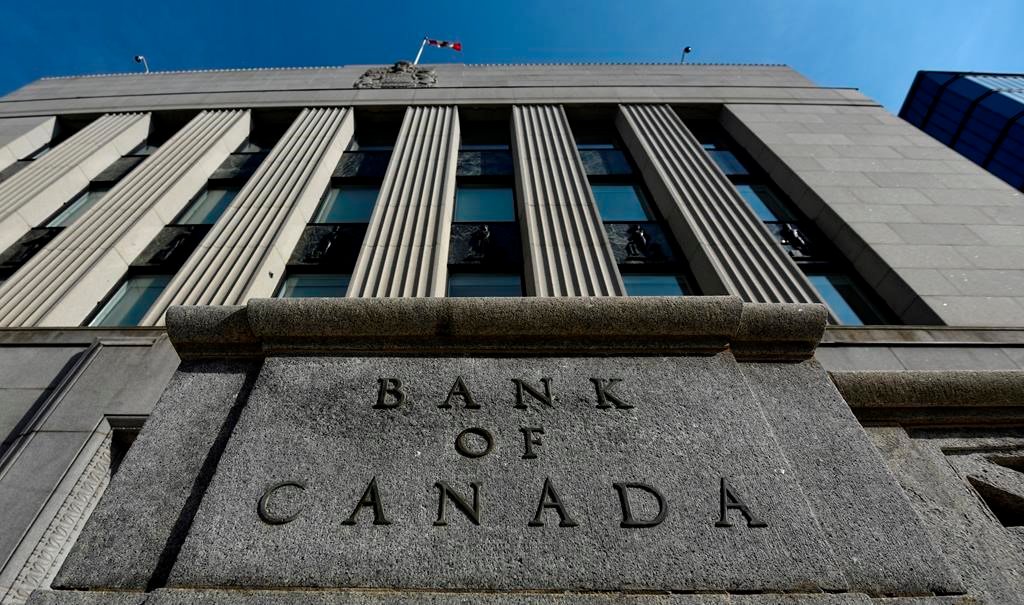Sales Activity Softens
Nationally, home sales dropped by about 1.7 % in September versus August. Year-over-year, sales held nearly steady with only a minor decline of around 0.3 %. Analysts say elevated interest rates, high household debt and economic uncertainty are moderating demand.
Prices Rise Modestly While Market Softens
In September, Canada’s average home price increased 1.8 % month-over-month and was 1.0 % higher than a year earlier. Meanwhile, the benchmark price declined 0.6 % versus August and was 3.4 % below levels from a year earlier. The contrast suggests homes still fetch good value but buyer urgency is easing.
Ontario’s Market Cools
In Ontario the average home sale price reached about CAD $828,896 in September, up 3.0 % month-over-month. However, its benchmark home price dropped 6.7 % year-over-year to CAD $781,500. The sales-to-new-listings ratio (SNLR) was just 34 % — firmly in buyer’s-market territory. In the Greater Toronto Area (GTA), average sale prices were about CAD $1,059,377 in September, yet down 4.3 % compared to last year.
Regional Divergence Across Provinces
While Ontario and many large markets are cooling, other provinces remain resilient. For example, in Quebec the benchmark price rose 8.1 % annually, reaching CAD $532,200. In contrast, in British Columbia the benchmark price eased 2.7 % year-over-year to CAD $935,400. Experts note that job growth, population trends and supply constraints are driving these regional differences.
Supply Dynamics and Buyer Choice
Active listings rose 7.5 % year-over-year nationally, reaching nearly 200,000 properties. With more homes on the market and fewer constrained bidding wars, buyers are gaining more leverage. For example, in the GTA the SNLR fell to 29 % — indicating buyers are shopping in a softening environment. Developers, particularly in regions like Vancouver, are responding by delaying project launches and previewing units more cautiously.
Forecast and Market Outlook
The Canadian Real Estate Association (CREA) now forecasts about 473,093 residential transactions in 2025 — a 1.1 % decline from 2024. The national average home price is projected to fall about 1.4 % this year to roughly CAD $676,705. However, moderate rebound is expected in 2026 with sales potentially rising ~7.7 % and average prices increasing ~3.2 %.
Implications for Buyers, Sellers and Policymakers
For buyers: More choice and less competition may offer opportunities, especially for first-time purchasers. In cooling markets like Ontario, timing may be advantageous.
For sellers: Expectations may need adjusting — rapid price gains seen earlier are subsiding and concessions may increase.
For policymakers: Despite softer demand, supply remains constrained in many regions. Affordability still ranks as a national challenge. Monitoring interest-rate changes from the Bank of Canada and the broader economy will be key to housing outlook.











